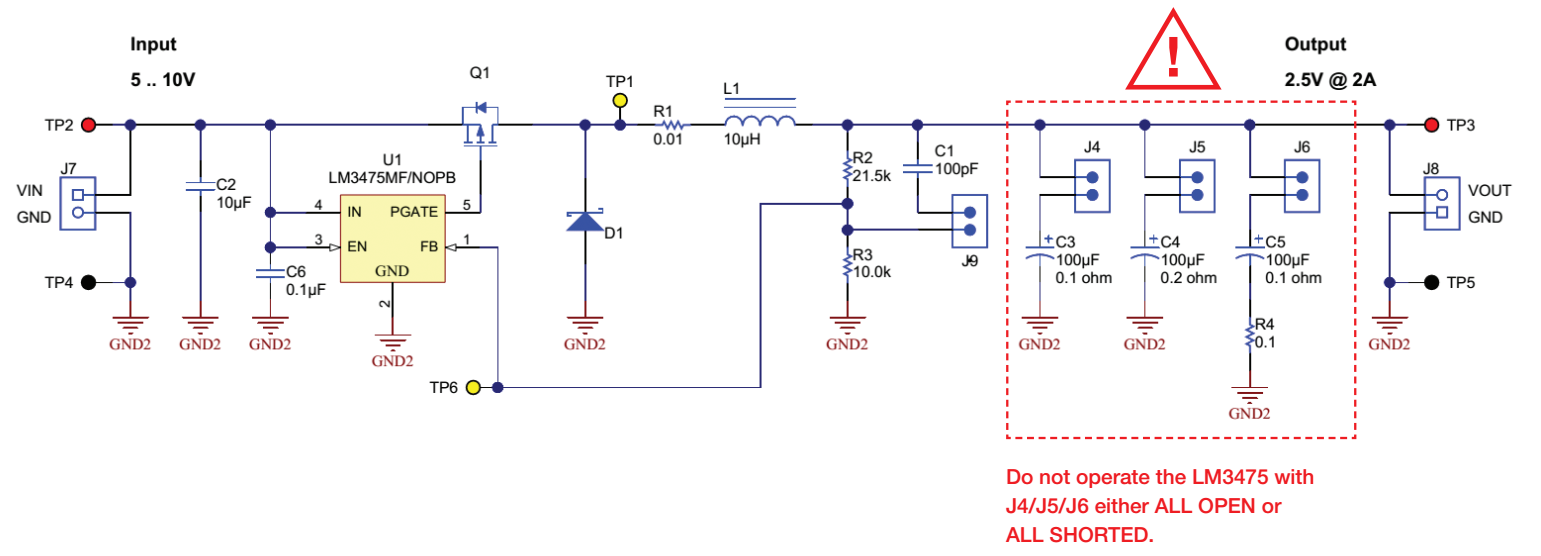Hi there,
when i tested the pmlk with lm3475 on it, i didn't see any over/undershoot in SW node.
Would you mind tell me the reason? Because of the slow ramp up or shut down rate of Q1, or something else.
I was told the leading edge blanking time will attenuating the over or undershoot, is that correct?
thanks,
Dongbao


